Affiliate links on Android Authority may earn us a commission. Learn more.
Forget flagships, mid-range phones are making the biggest technological leaps
Published onJanuary 19, 2020
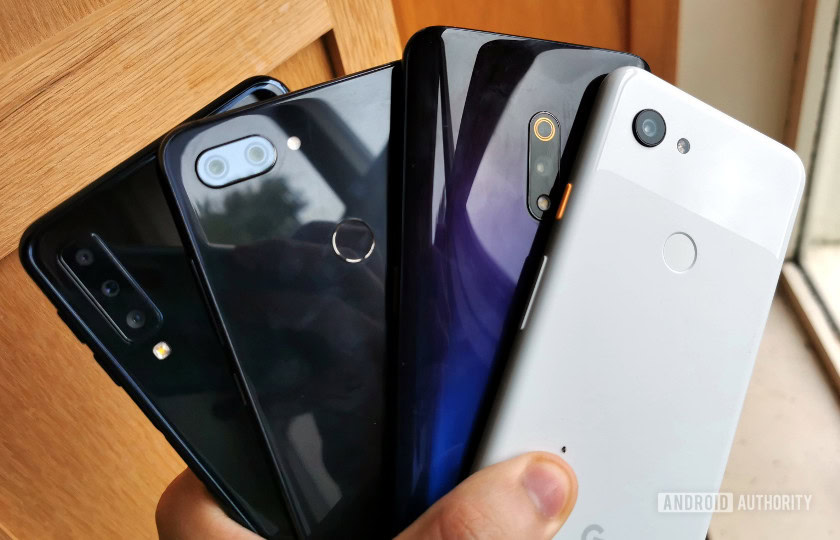
Mid-range phones make up a hefty bulk of all smartphone purchases, offering impressive hardware at reasonable price points. 2019’s mid-range smartphones saw some major technological leaps, arguably more so than innovations in the flagship tier. Technological trickle-down is now resulting in mid-tier phones that feel every bit as capable as modern flagships. As top-end phone prices continue to creep up, the mid-tier is more appealing than ever.
This isn’t to say that premium-tier smartphones don’t have anything to offer. The flagship space is definitely where you’ll find the very best technology money can buy, as well as some of the more innovative and unique features. But you don’t have to have the very best anymore to enjoy an exceptional smartphone experience.
This trend has been building for a while, but based on our testing and observations, we think it’s fair to say that mid-range phones have closed the gap even more rapidly in the past 18 months. This is particularly true when we look at the three key facets of today’s smartphone experience: battery life, camera quality, and app performance. As examples, take a look at the excellent realme X2 Pro, OnePlus 7T, ASUS Zenfone 6, or more affordable phones like the Pixel 3a or the Motorola One family.
Mid-tier SoCs lead the way
One of the primary reasons mid-range phones feel so much better to use today is because they’re packing superior processing hardware. Affordable chipsets from MediaTek, Qualcomm, and Samsung have moved away from low-power octa-core Arm Cortex-A53 and A55 CPU designs. They now include high-performance cores like the Cortex-A76 and even A77. Those are the same CPU parts you’ll find in premium tier chipsets.
Read more: When Samsung’s Exynos was the best flagship chipset for Android
Even one or two of these larger cores results in a major uplift in app performance. In addition, graphics capabilities for gaming have improved in mid-tier chips too. In fact, Qualcomm now offers dedicated gaming enhancements in its Snapdragon 765G and 730G variants.
As an example of the performance improvements, check out this graph of performance over time:
Today’s super mid-tier chipsets are now comparable with flagship SoCs from just a couple of years ago. Particularly those in the Snapdragon 700 series that are closing in on last year’s flagships. No one called the Galaxy S9 a slouch in 2018 and now today’s affordable handsets offer very similar performance. The Pixel 3a was crowned with our Editor’s Choice award for the best phone of 2019 partially because it offered a great experience and snappy enough performance to do everything you need.
More than just performance
On top of improved performance, mid-tier chipsets are enabling flagship-tier features on more affordable phones too. This includes support for higher resolution displays, 4K video recording, multiple high-resolution image sensors, the latest Wi-Fi and Bluetooth technologies, and blazing fast LTE connectivity. This isn’t to say that flagship chips aren’t improving too, but they’re already well past the point of being good enough for the vast majority of use cases. The mid-range is now at that point too, resulting in a more tangible boost to performance over the past couple of years.
Fast 5G, 4K video recording, gaming, and more are all achievable on mid-range platforms.
Heading into 2020, mid-tier smartphone chips are already 5G equipped too. The Snapdragon 765G, Exynos 980, and Deminsity 800 all sport great performance specifications and are designed specifically for affordable 5G smartphones. Inexpensive phones are no longer held back by technological limitations.
Great cameras don’t cost a fortune
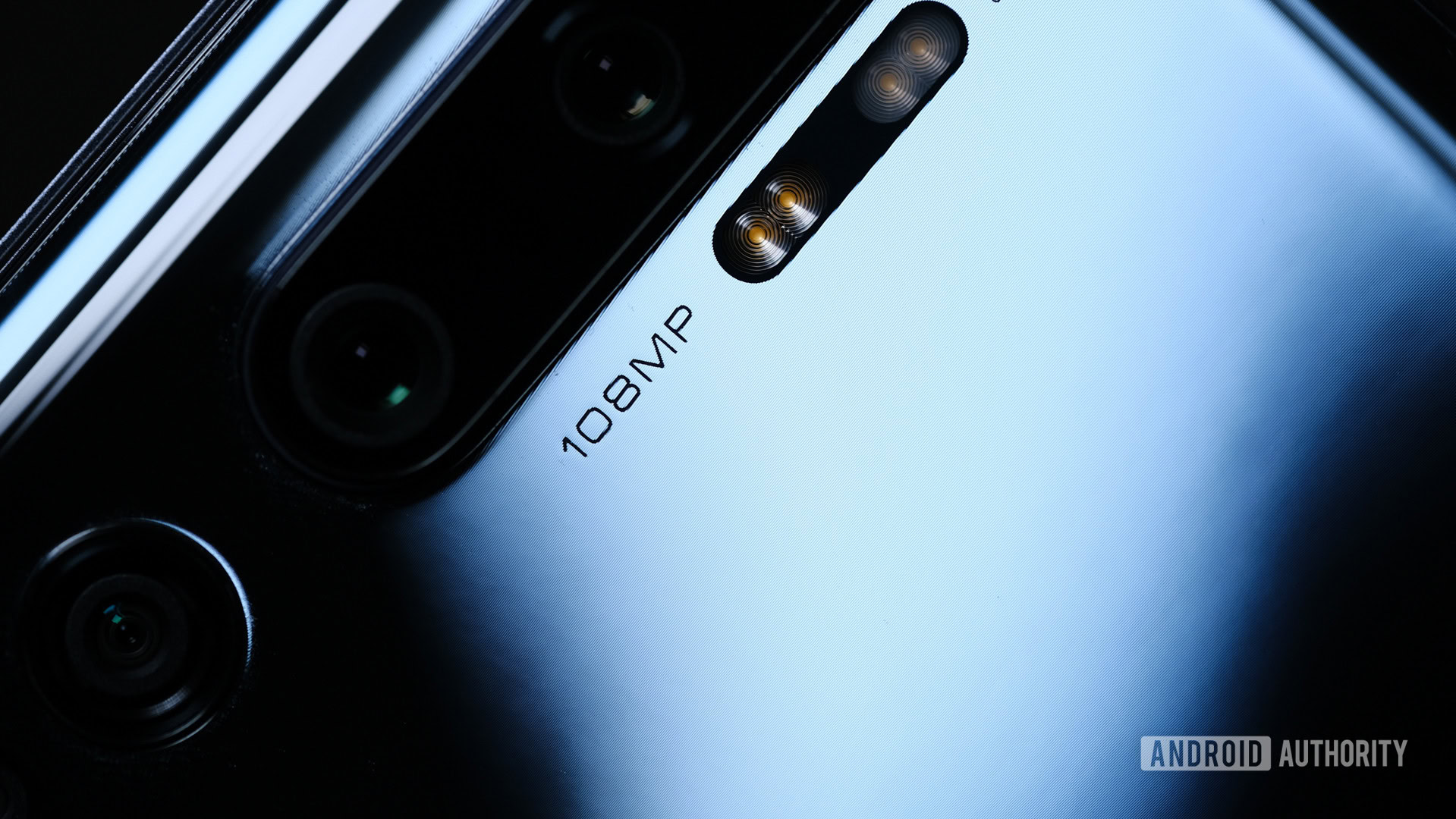
Just like performance, camera quality is fast becoming a solved issue in the affordable smartphone segment. The Google Pixel 3a is an obvious example of a great affordable shooter. It offers essentially the same features and image quality as the Pixel 3, and isn’t too far off even the Pixel 4. The only trade-off is slightly longer processing times, but that’s certainly something that’s easier to live with when you’ve spent half as much cash on the phone.
Although premium-tier devices still take the best-looking pictures, the differences are becoming increasingly marginal. This is partially due to the fact that the latest flagship innovations, including telephoto and wide-angle cameras, are increasingly common in more affordable models too.
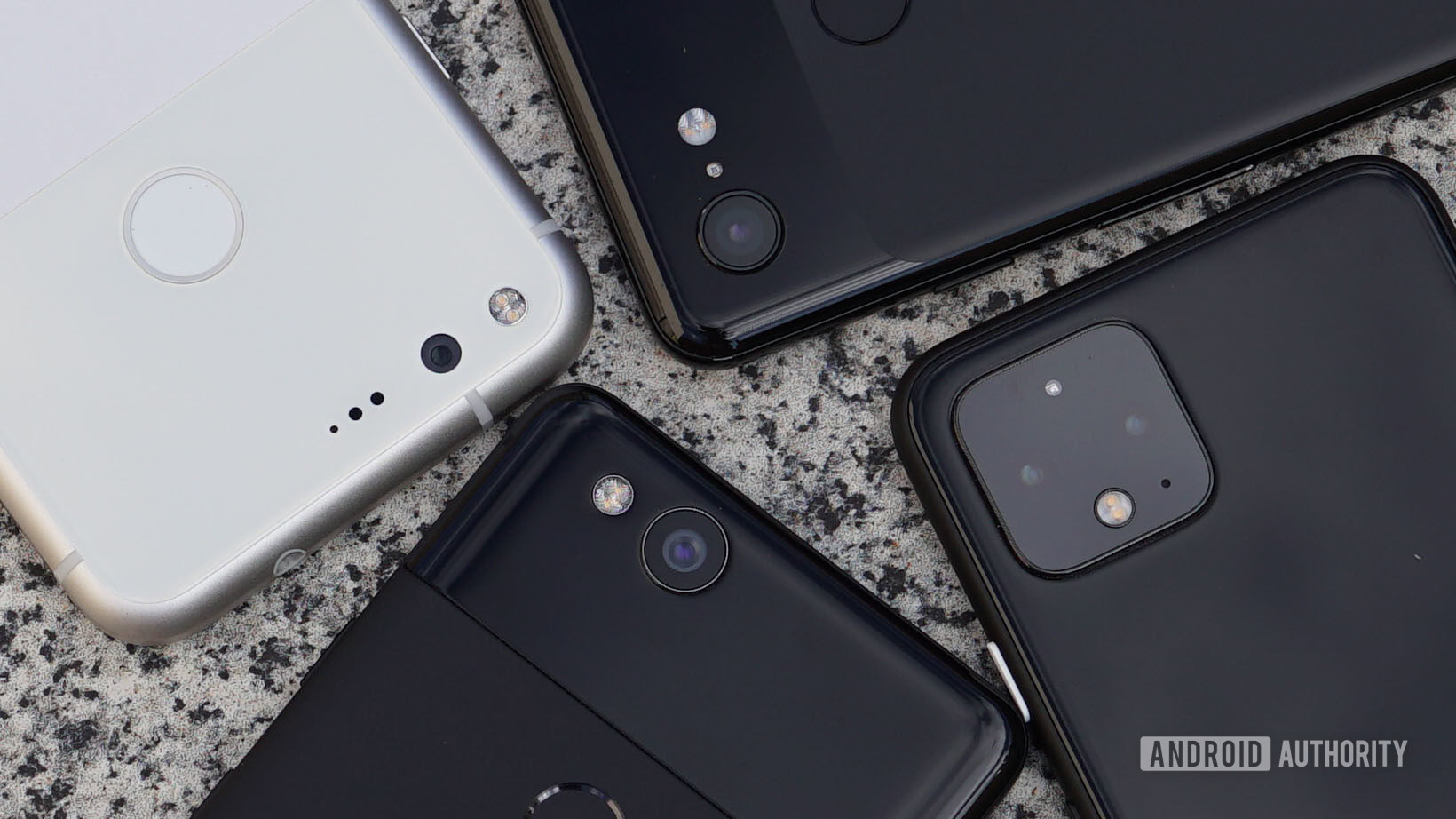
The Pixel 3a isn’t the only great affordable shooter though. The rise of larger, pixel-binned camera sensors in mid-range phones has improved daytime and low-light performance to a point where you have to pixel peep to notice the differences with more expensive phones. Take the Xiaomi Mi Note 10 as an example — the industry’s first phone with a 108MP camera. It packs in five cameras worth of flexibility, is actually a better low light performer than the more expensive Google Pixel 4, and is priced at just €550 (~$610).
The inexpensive Pixel 3a is one of 2019's best camera phones.
The 64MP realme X2 Pro is also a great shooter, as is the 48MP OnePlus 7T, and the 48MP Xiaomi Mi 9T. Across our scoring methodology, these phones have overseen notable improvements to detail capture, color reproduction, and low-light performance. The use of pixel binning sensor technology, combined with the ubiquity of affordable triple-camera setups, helps more affordable phones punch above their price tags.
Android offers real value for money
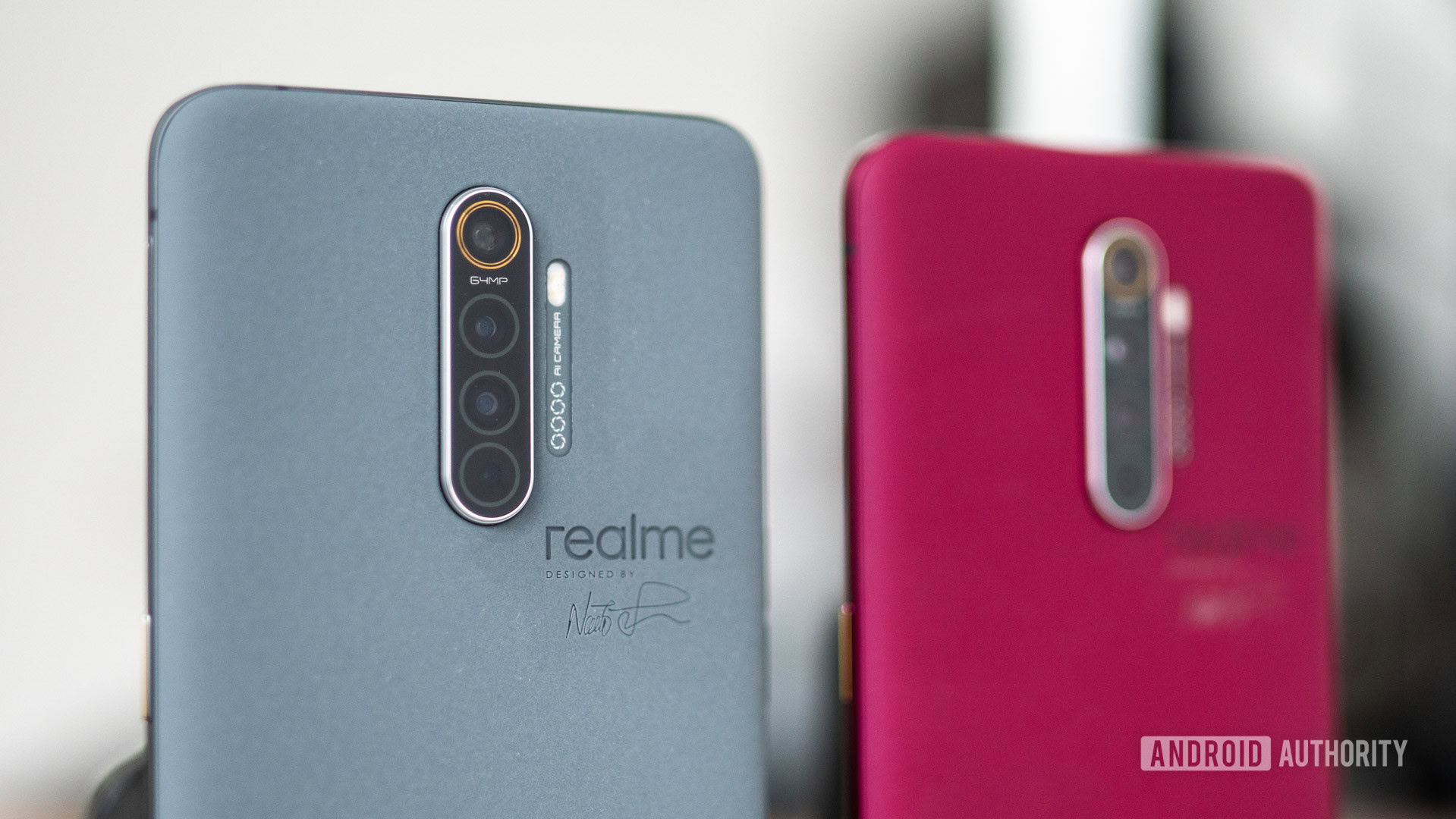
Inexpensive smartphones with great performance and camera capabilities are pretty common as we head into 2020. But that’s not all the mid-tier has to offer.
Gone are the days of inferior software as mid-tier smartphones shipped with Android 9 Pie rather quickly in early 2019. A few already have planned upgrades to Android 10 and many of 2020’s mid-tier phones will no doubt come with the latest version of Android out-of-the-box. Better yet, brands like Nokia and Motorola continue to embrace stock Android for those who don’t like the custom skins and added bloat often still associated with Chinese manufacturers.
Mid-range phones are also embracing emerging mobile trends quicker and quicker. High refresh displays, such as 90Hz and 120Hz panels, are already available in devices like the OnePlus 7T, realme X2 Pro, and the more affordable OPPO Reno 3 Pro. That’s before Samsung is expected to embrace the 120Hz trend with the Galaxy S20 series. The aesthetic design and build materials used in affordable phones are also much improved. Ranging from glass designs to fancy colors, there’s probably a mid-range phone out there to suit your particular tastes.
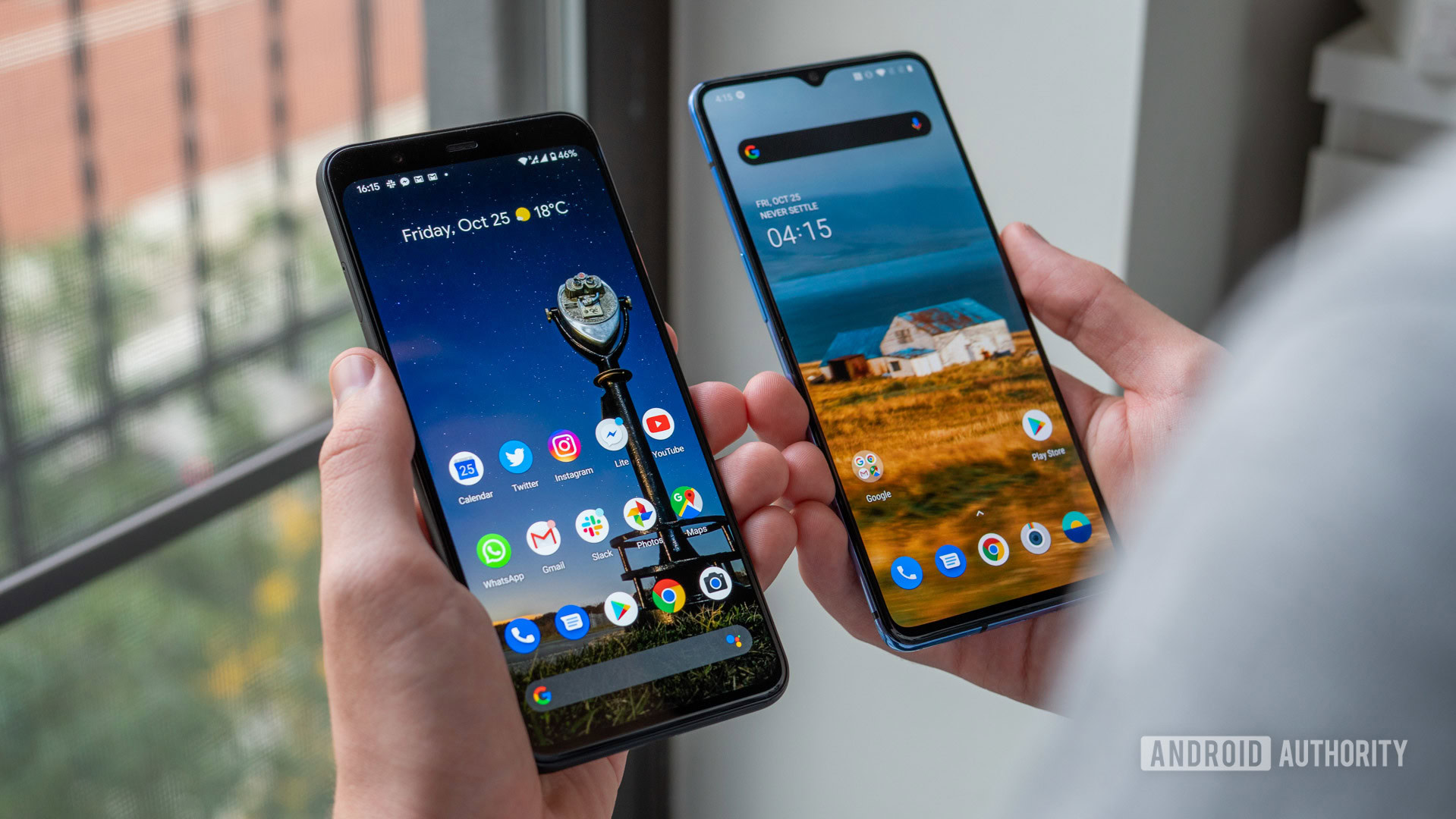
This isn’t to say that the mid-tier is more deserving of your money than a flagship. If you’re after the very best performance and cutting-edge features, the premium tier is definitely where you’ll want to spend your money.
Read also: Best budget phones you can buy
However, in terms of nailing the key experiences, mid-tier devices have all the bases covered and then some. Day-to-day use, from browsing the web, using your favorite apps, and taking a few snaps, is just as good on an affordable handset as it is on a $1,000 flagship. The difference in user experience, arguably the most important aspect of any piece of technology, between premium phones and budget devices becomes seemingly smaller with every passing release.